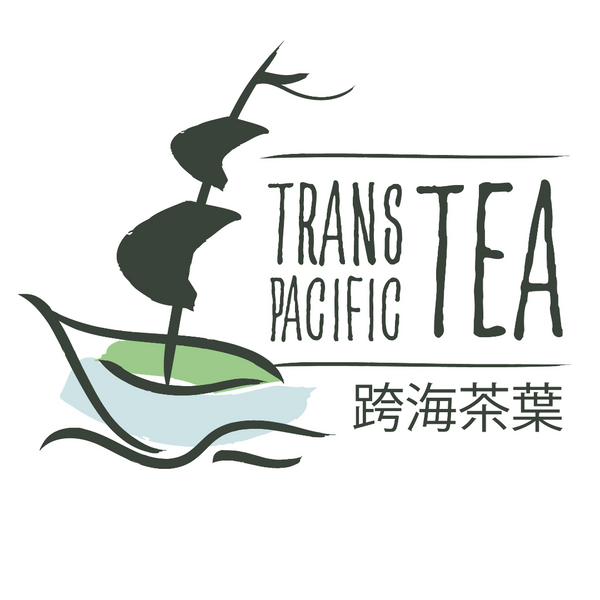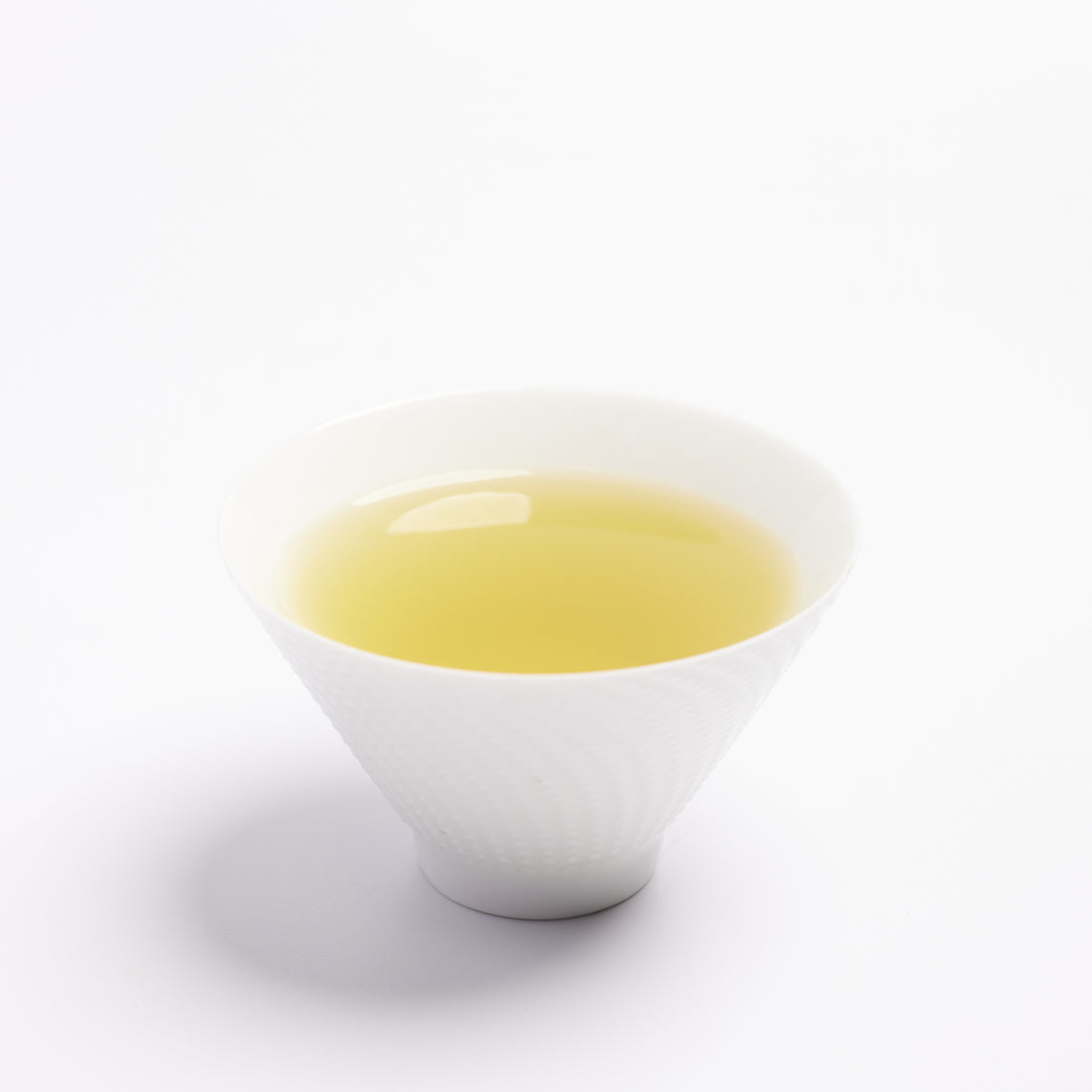What is Astringency?
Astringency is a characteristic often experienced while sipping tea, manifesting as a dry, bitter, and rough sensation in the mouth. It adds complexity and depth to the tea-drinking experience, but what exactly causes it?
The Culprit: Tannins
At the heart of astringency lies a compound called tannin. These molecules, found in tea and wine, play a pivotal role in creating that distinctive mouthfeel. When you take a sip, tannins interact with the proteins present in your mouth, particularly in your saliva and mucous membranes.
As tannins encounter the proteins in your mouth, they form complexes, resulting in the perceived astringency. These interactions create a dry, almost puckering sensation, accompanied by bitterness and roughness. It's like a delicate tango between the tannins and your taste buds.
Brewing Factors: Temperature and Time
Did you know that the temperature and duration of your tea brewing can significantly influence astringency? The longer or hotter the water used, the more tannins are extracted from the tea leaves, intensifying the astringent character of the brew.

Combatting Astringency: The Cold Brew Solution
Fear not, for there is a delightful way to mitigate astringency: cold brewing. For tea lovers that do not like overly astringent cultivars, by using low-temperature water to extract flavors from your tea, you can create a smoother and less astringent cup. The reduced extraction of tannins allows other flavors to shine through, resulting in a refreshing and enjoyable tea experience.
Cold Brew Guide:
Below is a detailed cold brewing guide developed by the Research and development center of Taiwan tea, detailing the specific types Taiwanese teas and their cold brewing instructions.

Research and development center of Taiwan tea: Where scientists and tea masters conduct study, research and experiment to improve tea plantations, to develop new and better cultivars, to manufacture and educate the industry and consumers in Taiwan.
The Surprising Connection: Astringency and Caffeine
Interestingly, the temperature of the water used during brewing also impacts the caffeine content of your tea. Higher temperatures tend to extract more caffeine from the leaves. For instance, a hot brew with boiling water for 5 minutes can yield up to 3.5 times the amount of caffeine compared to a cold brew steeped for 2 hours. So, remember to consider both astringency and caffeine preferences when preparing your favorite cup of tea.

Conclusion
Astringency, with its intriguing interplay of tannins and proteins, adds a fascinating dimension to the world of loose leaf tea. By understanding its origins and exploring brewing techniques like cold brewing, you can unlock a smoother, more enjoyable tea experience. So, embrace the complexities of astringency and elevate your tea journey to new heights.
Remember, sip mindfully, appreciate the nuances, and let the wonders of loose leaf tea unfold with each delightful infusion. Cheers to the vibrant world of tea!

